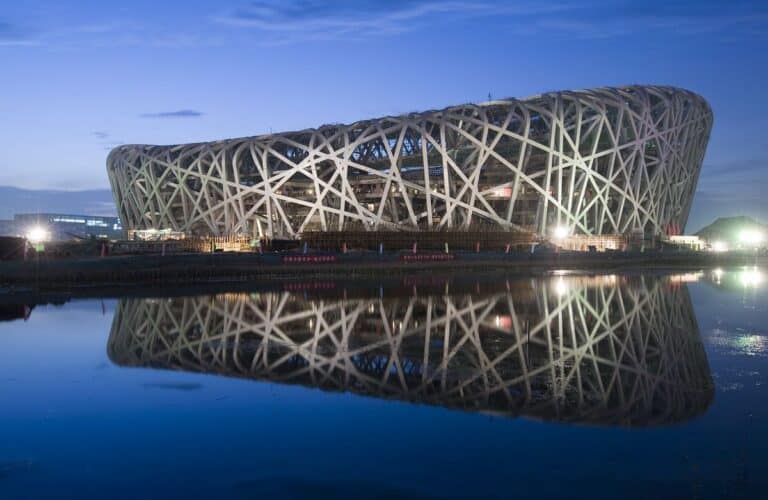The evaluation of buildings has been based since antiquity,
on the durability that faces different factors and conditions, for the longest possible period.
Regardless of its ability to adapt to changes, as well as meet diverse needs, dynamic architecture aims to provide unconventional solutions.
To meet the different requirements and problems that architects may face,
an analytical study has been made for dynamic architecture, to make it capable of achieving sustainability.
And providing architectural environments that are adaptable to different variables.
An applied study of dynamic buildings was carried out on two global building models to arrive at 39 design standards,
which were identified as a guide to assess the level of dynamic building integration.

Dynamic architecture and its relationship to the environment
The global interest in environmental issues was the reason for the emergence of new thinking linking advances in computer systems, and keeping pace with the wealth of information resulting from the communications revolution.
This has led to the emergence of interactive, eco-friendly buildings called “Dynamic Sustainable Building”.
On this basis, the idea of a “dynamic building” was established to be compatible with the surrounding environment and energy-efficient.
Also in line with progress, the school’s overall thought of dynamic architecture is to create interactive buildings, continuously as the weather changes.
Surrounding these buildings throughout the day and throughout the year, to facilitate continuous control over the buildings for use from the inside or from the outside.
Dynamic architecture saves energy, using a dynamic structure, which attempts to rely entirely on renewable resources.
And not to neglect the applications of modern technology, by accessing a specific practical guide to measure the extent of the dynamic construction of integration.
It also analyzes different models based on sustainable dynamic design, and arrives at different ways of implementing dynamic architecture.
And by combining dynamic construction with sustainable architecture, by achieving the elements of sustainability to reach standards,
This allows assessing the level of dynamic integration of projects that are still under design and implementation.

The relationship of sustainability to dynamic construction
Dynamic buildings are the result of a decade of experience in the search for innovative building components,
capable of reacting to climatic conditions, and regulating the flow of energy through the building surface.
Thus, a “smart” building is a building whose external components become elements of thermal self-regulation,
ensuring interior comfort while reducing energy consumption.
The method of construction and the ability to produce energy alone are the most prominent features of dynamic architecture buildings.
These buildings consist of prefabricated units, custom designed in a workshop, to meet very high quality standards.
This results in faster construction, cost savings, and fewer people on site.
Although we live in a dynamic world full of movement, the design methodology given to architecture is remarkably consistent:
buildings look the same all the time.
As an approach to “dynamic architecture”, building design is examined with a changing geometry in an attempt to explore the factors that influence the design of this type of building.
You May Like: Dynamic systems in architecture and how to create them
